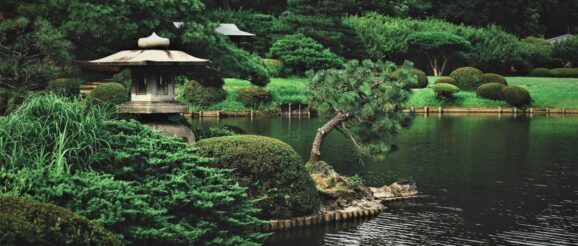The Constant (Innovation) Gardener Censemaking

Innovation is like a garden and the more we think like a gardener, the more it will grow.
To tackle any big problem we need to ensure we’re tackling the right kind of problem using the appropriate mindframe. For much of what we do when seeking to innovation in the social world with our services and ideas (often social innovation) that mindframe is less of a builder and more of a gardener. The garden and gardening metaphor is one that holds this mindframe to allow us to see the patterns that allow us to create and sustain value from what we do.
One of the first parts of this metaphor are seasons. Gardeners know that there is a season for everything and that the activities and products that are likely to emerge and to thrive are tied to the season. Whether it is vegetables, flowers, or shrubs, each has a season for planting, cultivation, and sustaining and it is critical to know what that season is based on what we’re growing.
Tied to seasons is the idea that there are certain growing conditions that favour certain outcomes and products. Anyone who loves wine and pays attention to certain vintages knows that grapes and the flavours that come from them are tied to the heat, the soil, moisture levels, frost, and the way in which the vintner and growers work together with those factors to produce an outcome that has certain qualities. The best winemakers know how to amplify the best of each season and mitigate the factors that aren’t helpful. This is about working with complexity.
Within both of these frames comes timing, which speaks more to the art of innovation than anything. A skilled gardener will know what the best timing is — or at least can interpret the signals from their garden — to know what the best time is to prune, trim, pick, or fertilize. This requires patience, attention, knowledge, and wisdom — it’s about practice-based evidence to guide our decisions. This is something that can be learned partly with others, but also requires attention to craft.
The best gardeners know that sometimes luck is not on their side. Growing conditions might be too hot or humid or wet on one particular year. There may be pests or diseases. By using time, care, and attention the gardener might just conclude that a crop can’t be saved and will adapt their work to ensure that the soil or garden is maintained in care of future needs. Or, it may mean diversifying what’s on offer, planting more heartier or late-season crops when the information from gardening points to a certain possible threat, opportunity and conclusion. This is akin to using developmental evaluation and design to inform our work.
Growing Innovation
Innovation development requires all four of these aspects and qualities. It is about paying attention to what’s happening, understanding the trends and drivers of the situations and the rhythm of your industry or market and this is something that can be done through good data and good data systems, dashboards, foresight, and understanding the role of design and design thinking in supporting your work.
Think and act like a gardener and you’ll tend to something special. Gardens aren’t projects, they are living systems and understanding that is what separates growth and wonder from the rest.
Want to apply this? Need help? Contact me – I’d be happy to help you tend your garden.
Photo by Thor Alvis on Unsplash
